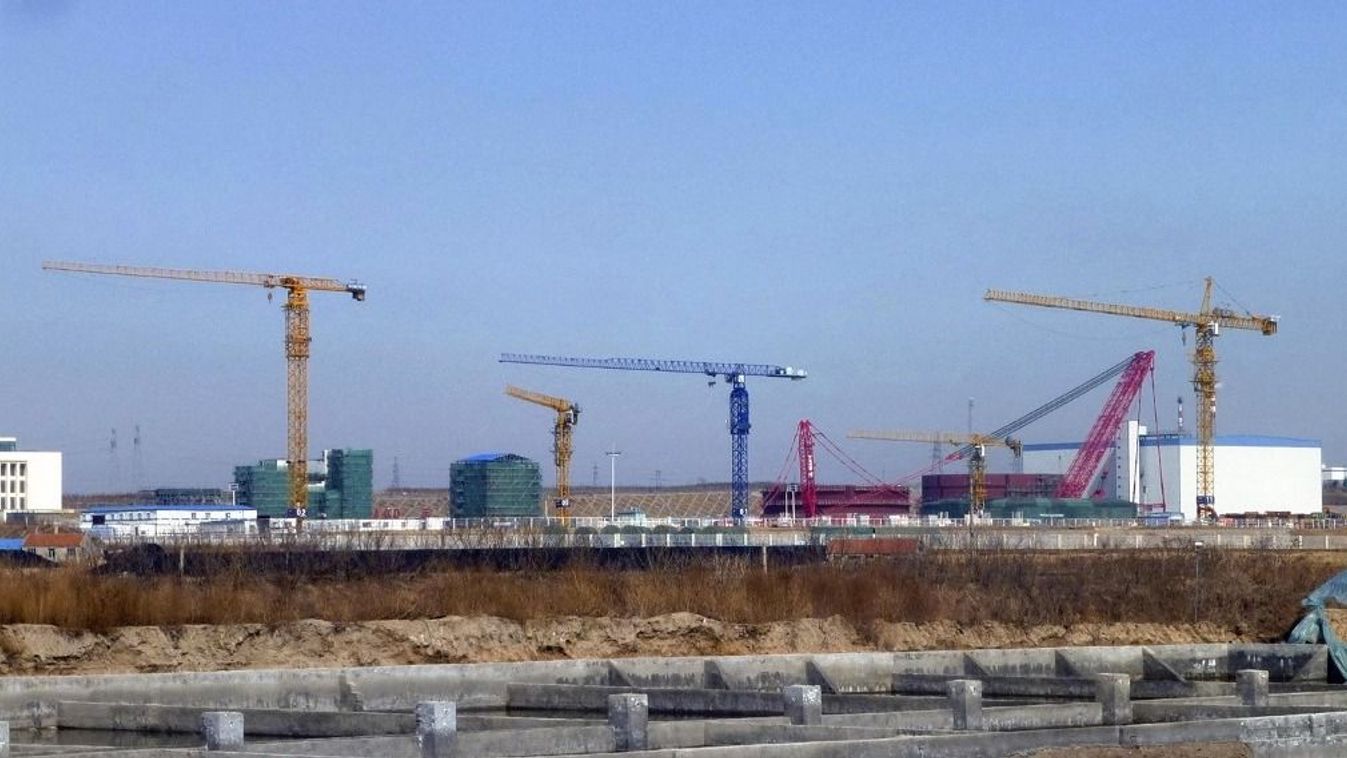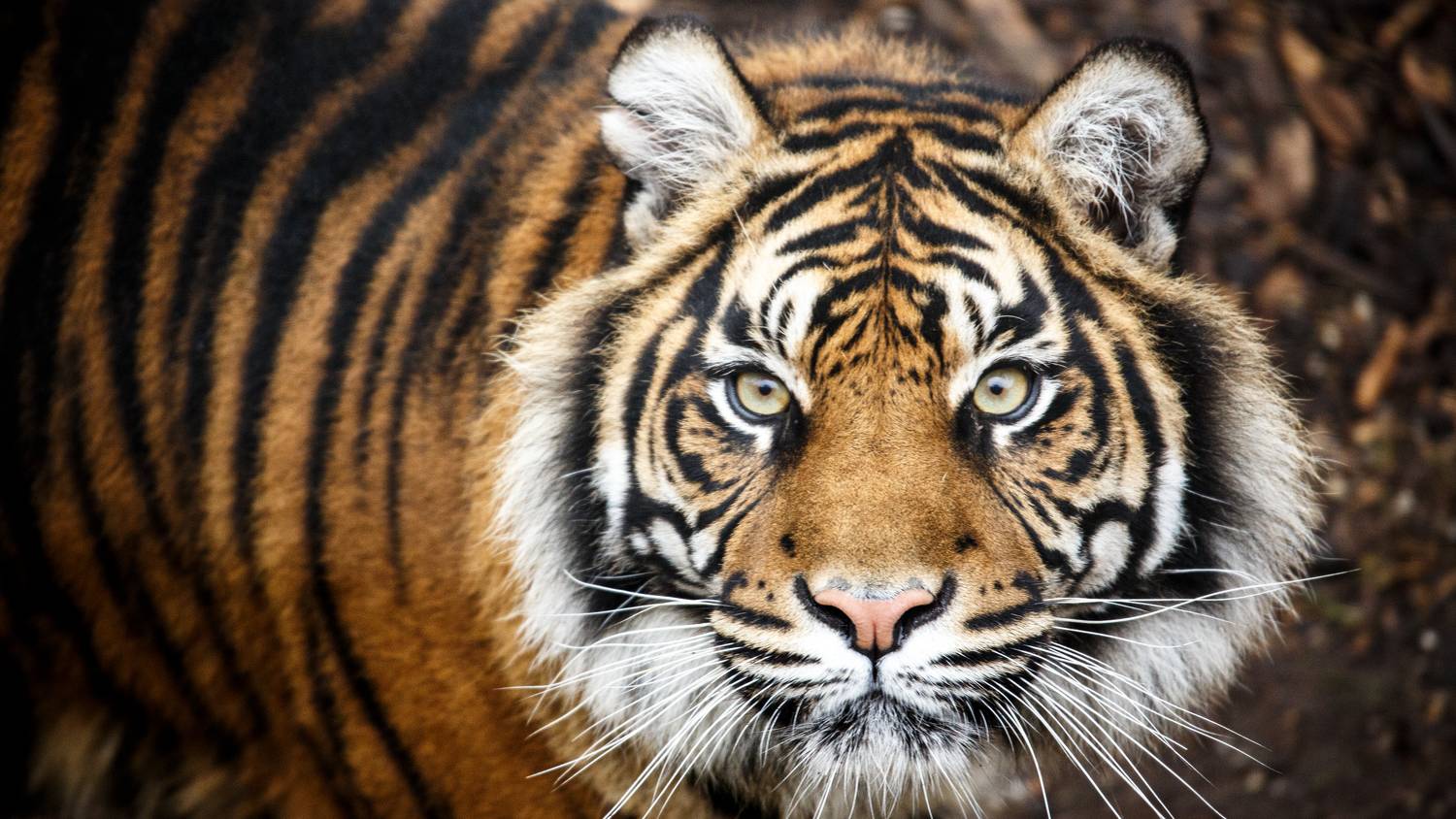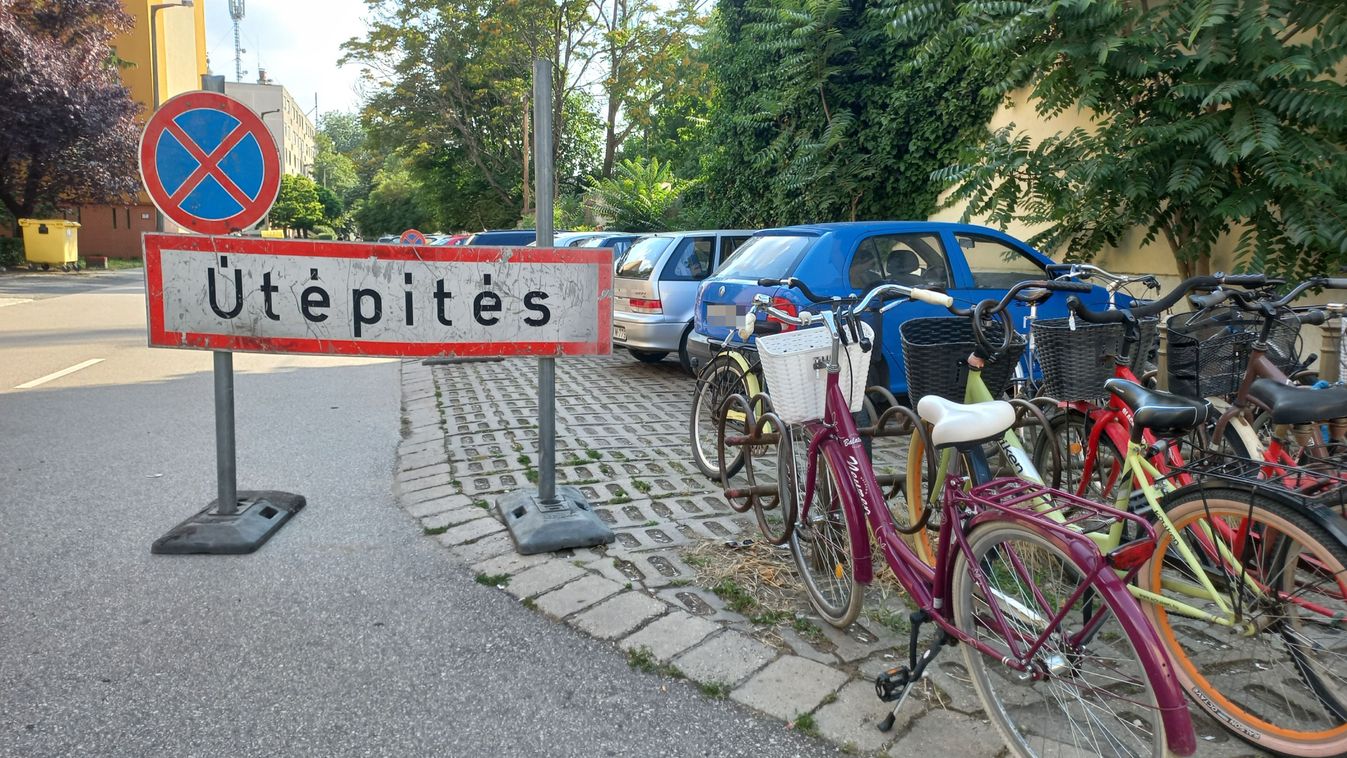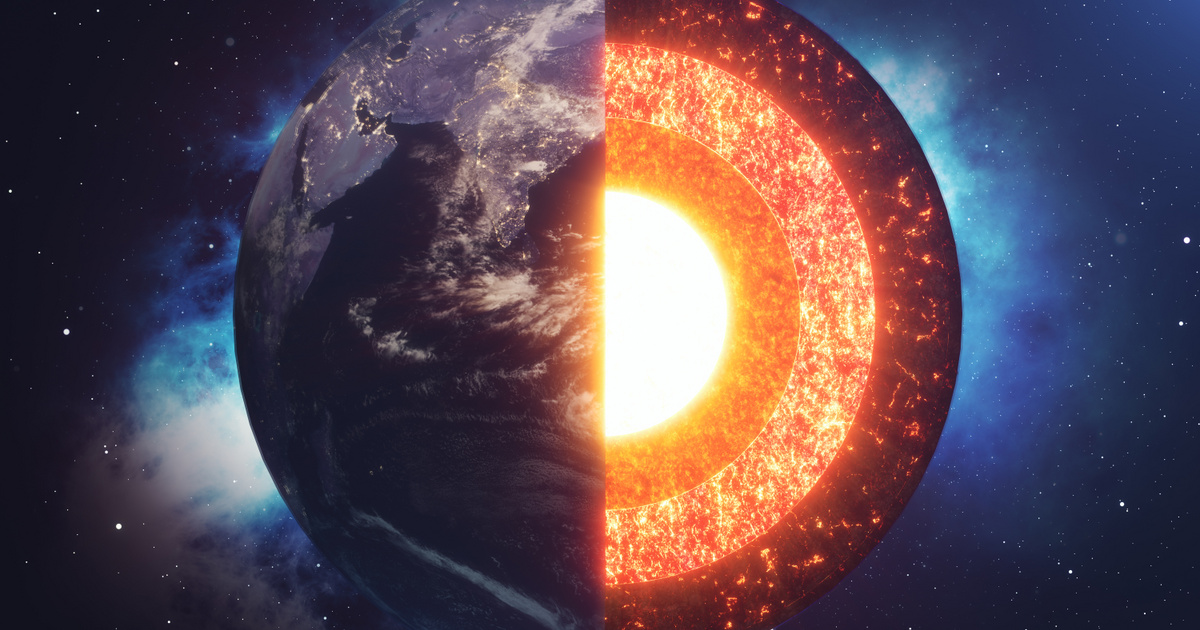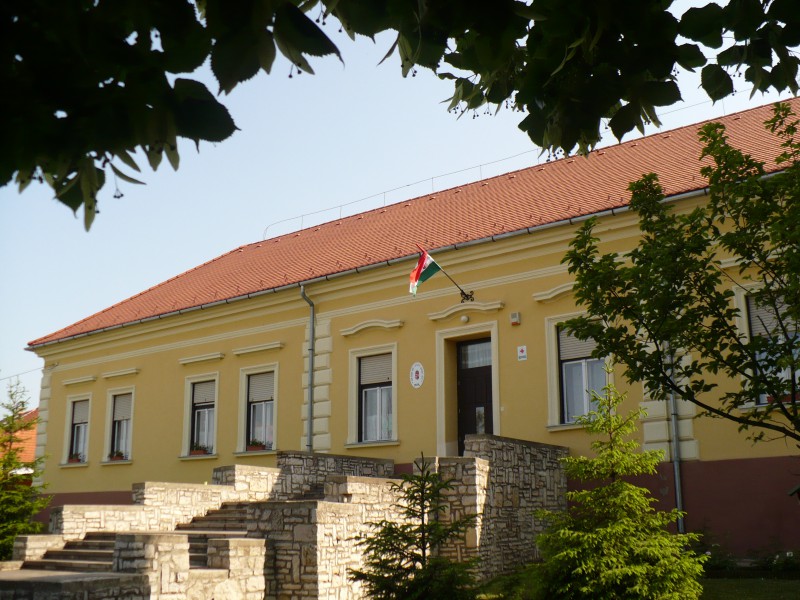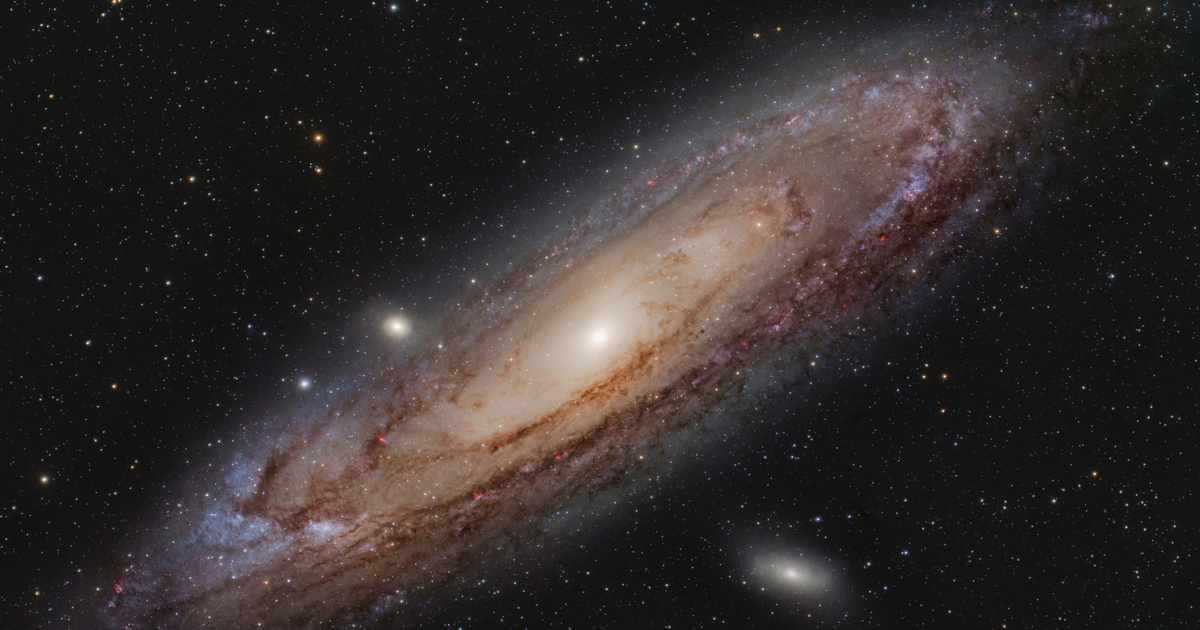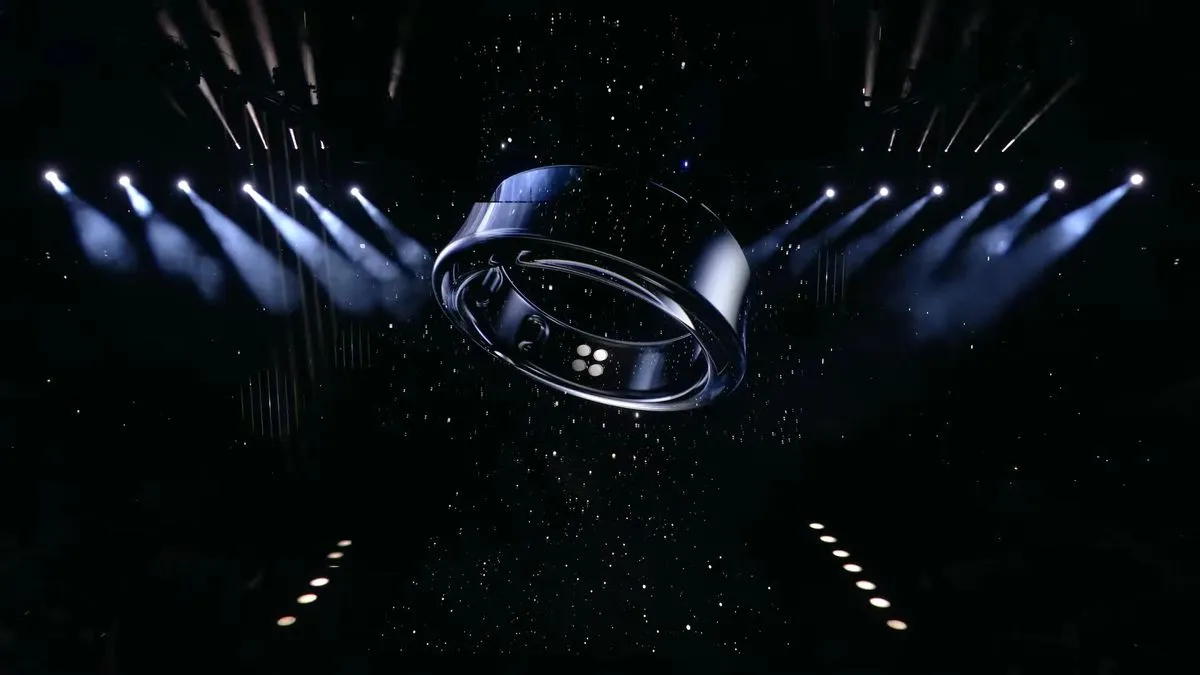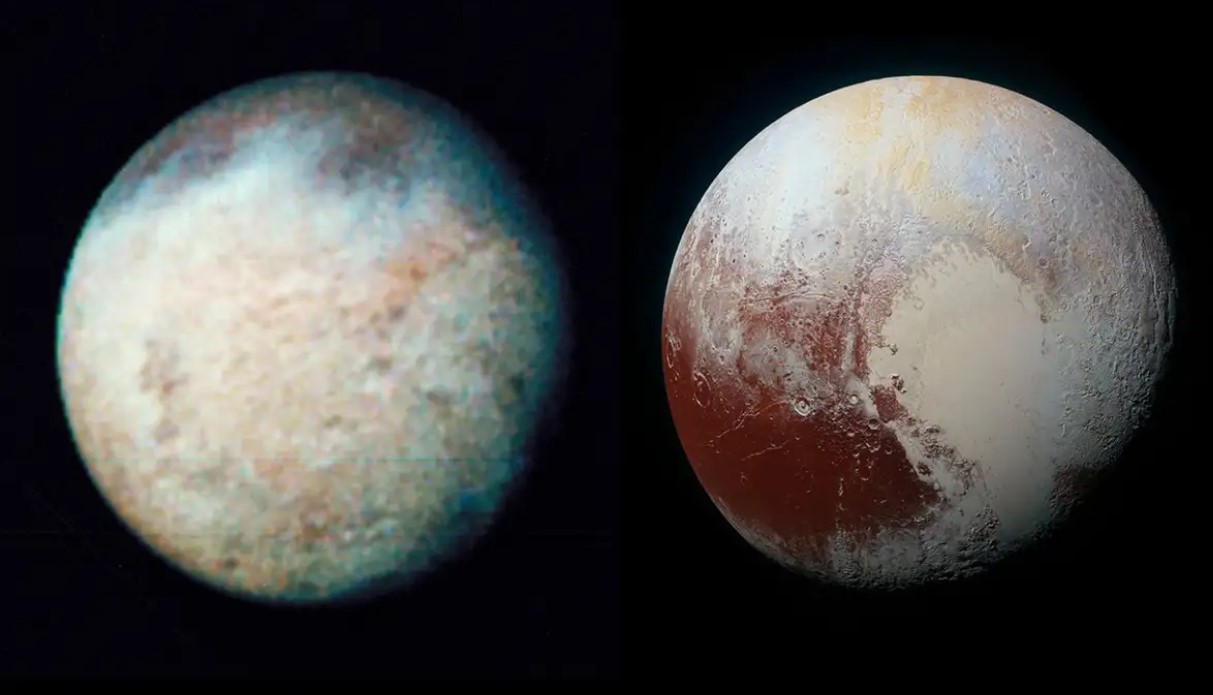A giant dinosaur skeleton is on display at the Natural History Museum in London. Gigadino, which was about 37 meters long and weighed more than 50 tons, became extinct 100 million years ago. His remains are presented for the first time in Europe.
He lived 101 million years ago, was 37 meters long and weighed about 57 tons.
The skeleton of the world’s largest dinosaur ever, or rather a replica of the skeleton, was unveiled this week at London’s Natural History Museum.
A replica of the giant dinosaur’s skeleton and its football-sized fossilized egg will be on display for the first time in Europe. By the way, the egg was classified as mineral in 1883, and it was only later that scientists realized that it was laid by a female titanosaurus.
Now the most powerful monster of all time comes to life
Patagotitan is one of the largest dinosaurs that ever lived on our planet.
“The exhibit that will now open is about a fantastic version of Titanosaurus. It is one of the largest species that has ever walked the Earth.” – said the head of the show.
It is especially interesting that the bones of ancient reptiles were created in a unique way for the first time using 3D printing technology, using polyester and fiberglass resin.
The remains of the first titanosaurus were found in 1842, and since then paleontologists have found its skeletons on every continent except Antarctica and Australia. Herbivores with enormous size and extremely long necks belong to the group of sauropods, also known as large-bodied herbivores.
“This 50-ton animal might have been smaller than the full specimens, but it was still huge: it probably needed 150 kilograms of food, i.e. plants, a day to keep such a huge body moving.” said the museum’s paleontologist.
In the unusual exhibition, ticket buyers will have the opportunity to compare themselves to the nearly two and a half meter high femur of the primitive creature, and they can also look inside the skull of this giant animal.
The skeleton of a giant creature passes under the hammer
Anyone who wants to buy the Trinity skeleton will have to dig deep into their pockets.
Featured image: Titanousaurus at the Natural History Museum, London (Photo: EPA/ANDY RAIN)





